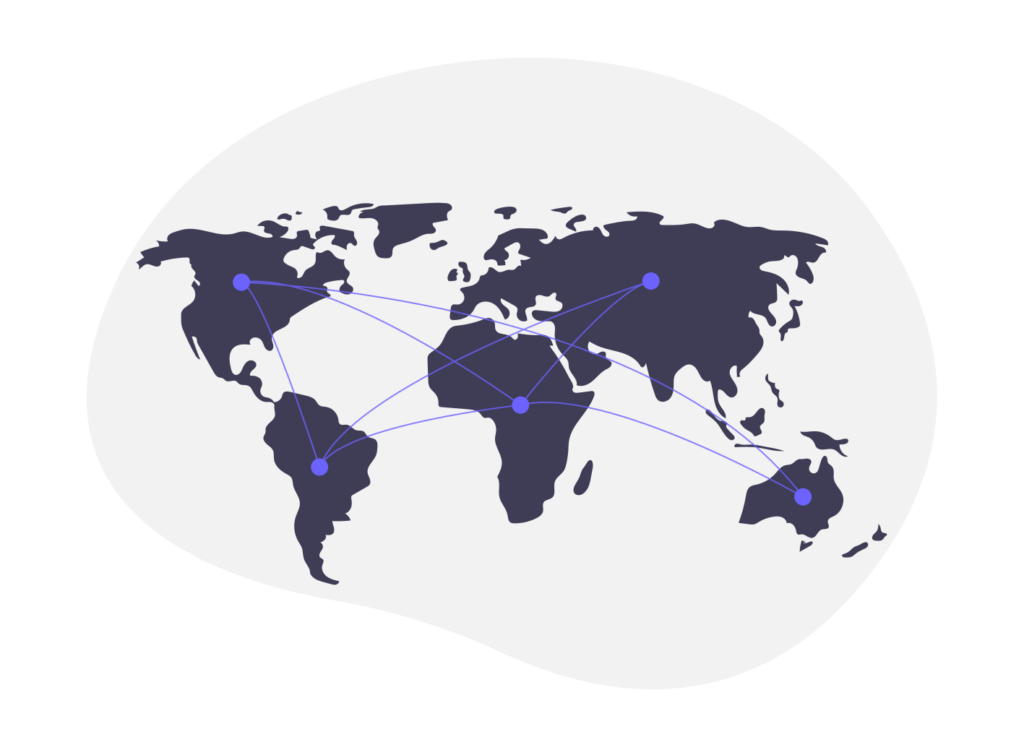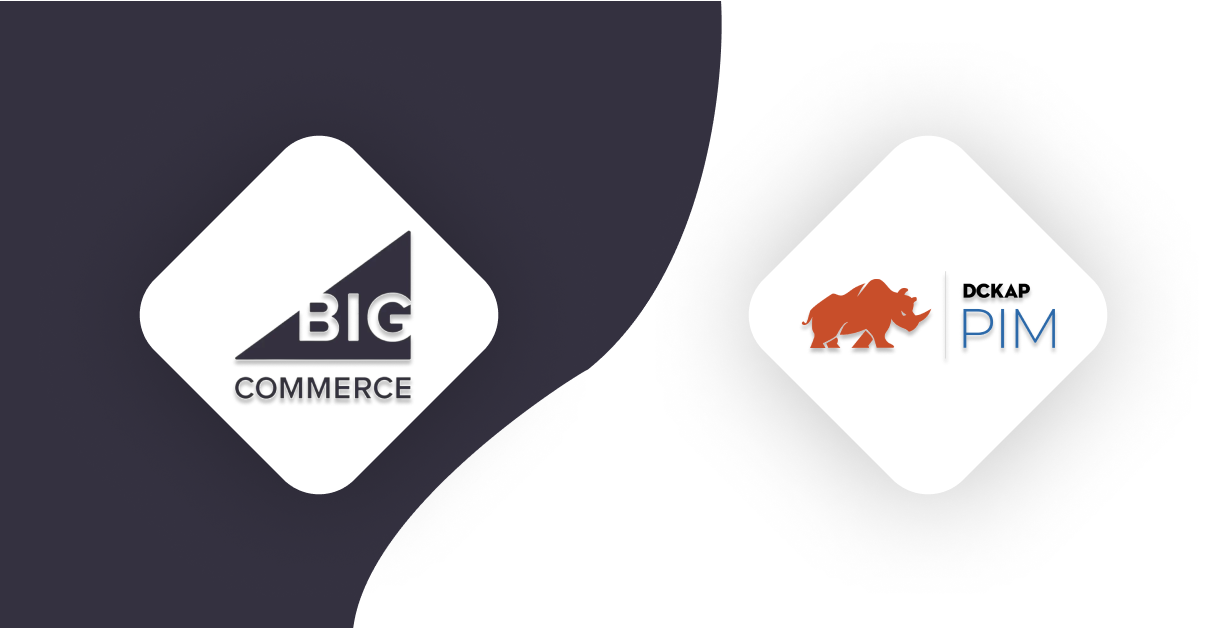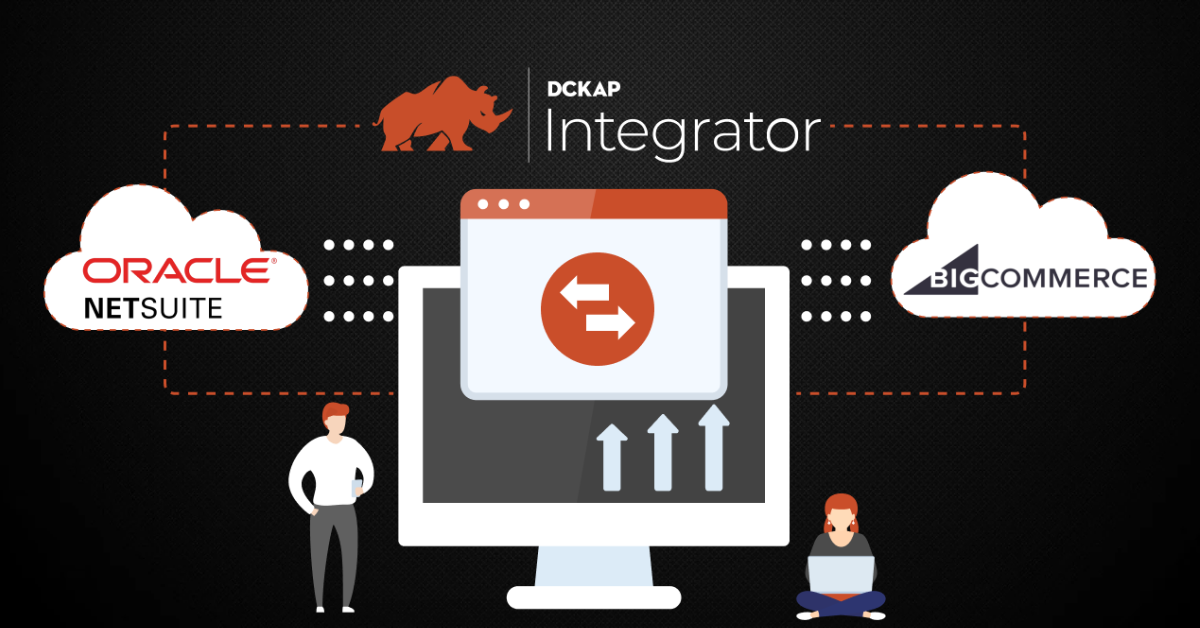Keeping a close watch on the eCommerce advancements, we cannot deny the importance of having a PIM to manage your product data and the online store itself. In this blog, let’s delve more into why a (or every) BigCommerce built online store needs a PIM solution to streamline your business’ data management.
What is BigCommerce?
BigCommerce is one of the world’s foremost and leading eCommerce solution providers. BigCommerce’s purpose is to power success for brands. That goes beyond creating the best commerce platform on the market; it means revolutionizing the way people shop, work and live.
Serving in over 120+ countries, BigCommerce has generated $17B+ in merchant sales since it’s inception in 2009. With an engaging shopping experience, advanced functionalities, faster ROI, in-depth analytics, a simplified check-out process, and an intuitive interface, BigCommerce serves as a single hub for all the company’s sales channels and makes it a top choice for online businesses.
What is a PIM Solution?
A Product Information Management (PIM) solution provides a unique and flexible environment to enrich their product information along with product digital asset management and also share enhanced product information across various eCommerce platforms and pull or update information from the ERP system.
Why BigCommerce Stores need PIM solution?
Following are the key reasons why BigCommerce needs a PIM solution:
1. Ease of Use
2. Integration
3. Usability
4. Efficient User Management
5. Vendor Onboarding
6. Automatic Sync Between PIM and BigCommerce Store
7. Digital Asset Management
Ease of Use
BigCommerce, being an eCommerce platform, places the onus on merchants to maintain all the information required to run an online store like catalog information, inventory information, order information, customer information, and so on.
Due to handling multiple information channels, it becomes a bit complicated for a user to work in the product information.
As the name itself suggests, the PIM solution provides a unique user experience to play with product information if the user wants to enrich product information submitted to the online shoppers.
Integration
Let us consider a scenario — user manages dynamic pricing and inventory details in their ERP system and will want to integrate that data to their BigCommerce store — in this case, users need a connector or a solution to do this integration.
But if a user has a PIM in their stack, then PIM will take care of those integrations once after the configuration. By default, PIM has a ready-made connector to integrate various ERP and BigCommerce stores on client request.
Usability
PIM primarily concentrates only on product data!
Compared to BigCommerce Catalog Pages, it is convenient to use PIM due to its intuitive UI/UX.
Uploading product data becomes simpler when done with PIM’s stellar features as all one has to do is upload product data in any format. And this can be achieved within a few clicks.
After the data is uploaded, merchants can create and categorize fields following the online store.
Even when a Bulk Edit need arises, it can be seamlessly done with an in-built feature, which helps execute the same.
 Efficient User Management
Efficient User Management
Let us consider another scenario where a client has five user accounts, and in those five accounts: two are admin accounts. The other two, content manager accounts and the remaining one is a CRM account.
In this case, it is hard to show related menus on the BigCommerce Admin Page. But the same is not the case with PIM as a strong PIM system has efficient user management, through which Admin has full control over the PIM, including access and visibility of data to every user.
For instance, if a user has access to Assets – then Admin can configure only DAM access to that particular user.
Vendor Onboarding
If a client deals with the products of various vendors, then the client has to do a lot of manual work to import their product information to BigCommerce stores because different vendors use different formats for maintaining their product information. But with PIM, it can be managed in two ways: i. Flexible Import and User Management ii. Vendor Onboarder.
Flexible Import and User Management
Every PIM has an inbuilt flexible import function to import .csv files in various formats. Users have to map the .csv header with product attributes before starting product import. Similarly, the client needs to create a user for each vendor with import and product access, so they cannot view other vendors’ data.
Vendor Onboarder
Some PIM solutions have a vendor onboarder feature through which clients can onboard a vendor to add their product to the PIM, and then PIM can pull data to the BigCommerce store automatically, in no matter of time.
Automatic Sync Between PIM and BigCommerce Store
If you update (or upload) any data in PIM, it will automatically be reflected in all the platforms where PIM is connected. This can be achieved with the help of automatic or manual syncs.
Doing this, a business can save a lot of employees’ time and thereby increase efficiency by automating the workflow. And focus more on reaching your business goals while PIM does the syncing for you.
Digital Asset Management
In the BigCommerce Store, there are no provinces for Digital Asset Management. But if you use PIM, then you can efficiently manage your digital assets (images, product files, videos, posters, etc.) and also map them with products in BigCommerce Store.
Now that we have told how PIM connected with your BigCommerce store will help you to streamline functioning product data, let’s see how DCKAP PIM address the above mentioned key points:
| Key Points | DCKAP PIM’s Solution |
| Ease of Use | DCKAP PIM provides flexible and intuitive UI/UX |
| Integration | DCKAP PIM provides ready made connectors for various eCommerce platforms and ERPs |
| Usability | DCKAP PIM is an interactive tool which provides easy usability |
| Efficient User Management | DCKAP PIM has a well-controlled user management |
| Vendor Onboarding | DCKAP PIM handles vendor onboarding through flexible import and user management. And very soon, in the future we will provide our own vendor onboarder. |
| Automatic Sync Between PIM and BigCommerce Store | DCKAP PIM has a readymade connector for BigCommerce which can take care of sync between BigCommerce and DCKAP PIM |
| Digital Asset Management | DCKAP PIM has it own in-built Digital Asset Management Tool |
If you have your store built on BigCommerce and want to provide enriching product content in your online store, today is the day to start – get in touch with DCKAP PIM, and we will explain further on how to streamline your business by managing product data.
Contents




